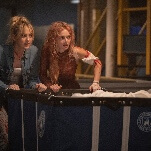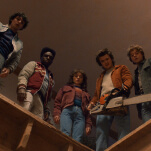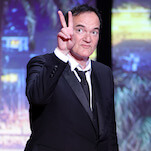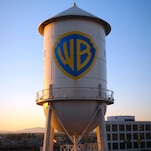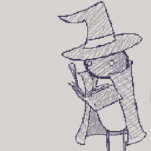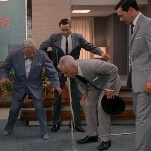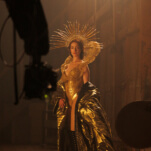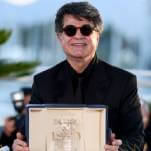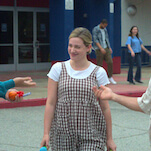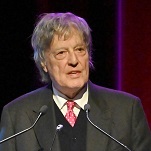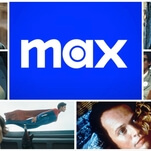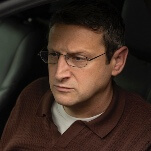In 1987, someone hacked into WGN, in one of TV's strangest-ever moments
This week’s entry: Max Headroom broadcast signal intrusion
What it’s about: In 1987, an unknown hijacker hacked into the broadcast signal of Chicago-based basic-cable staple WGN and overrode the station’s programming, then later that same night interrupted Chicago PBS affiliate WTTW. A man dressed as Max Headroom appeared briefly on both stations—without audio on WGN, making nonsensical comments on WTTW—until engineers were able to restore the signal. To this day, neither station nor the authorities have any idea who was behind the attacks.
Strangest fact: There’s a lot of strangeness to this story, but a good place to start may be the fact that Max Headroom was a thing. Three English music-video directors created the character, claiming he was the “world’s first computer-generated TV host.” He was, in fact, actor Matt Frewer, in elaborate latex makeup, made to look like a sophisticated computer graphic. (In fact, computers in 1987 couldn’t draw anything as sophisticated as Max.) Frewer’s voice was modulated with a harmonizer, making his voice sound computerized, as well as adding hiccups, sudden pitch shifts, and other glitches. The character took off, hosting a music video show for Channel 4 which eventually became a talk show. (Despite the elaborate nature of the character, Frewer was a talented improviser who could perform Max live.) Headroom then jumped across the pond for a sci-fi/action series, Max Headroom, in which Frewer played both Max, and a crusading reporter in a dystopian future ruled by TV networks (hacking and overriding a TV station’s signal was solidly in the show’s wheelhouse). Max also had the thankless job of promoting New Coke, but only after Coke Classic had returned.

